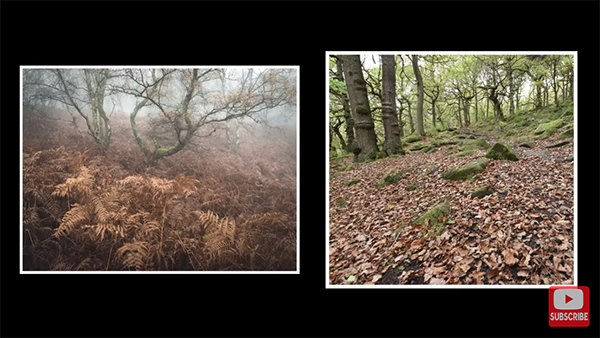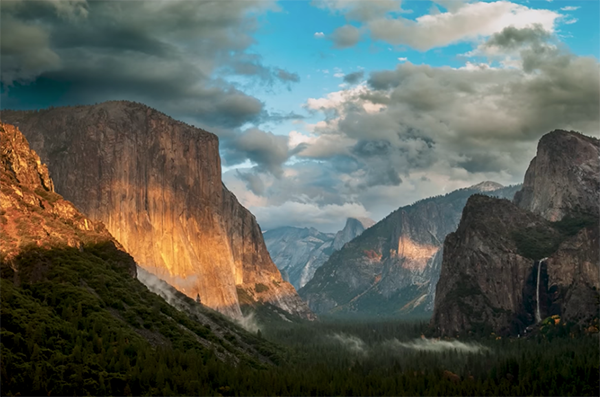Common Landscape Photo FAILURES & How to FIX Them (VIDEO)
There’s no denying that landscape photography can be really difficult, with ever-changing light, complicated scenes, and unpredictable weather. As a result, we all make mistakes—and this holds true for amateurs and pros alike.
In fact, one of our favorite nature shooters admits to failing more than once or twice, and in the quick video below he discusses seven common landscape photography errors and how to fix them to turn how-hum images into great ones. Rather than feeling discouraged when you screw things up, think of it as a learning experience and try not to make the same mistake twice.
Nigel Danson is an accomplished British landscape photographer who regularly shares his adventures in the UK and U.S., with the goal of helping others improve their work. The topics he covers in today’s episode include everything from inappropriate gear, and composition errors, to technical mistakes and more.

At the top of his list is the importance of thoroughly understanding your equipment and trusting it to perform as intended. This involves more than just reading a manual, but actually studying, testing, and experimenting with all the settings and features your camera offers—even those you don’t use on a regular basis. Otherwise you’re likely to miss a fleeting shot while fumbling around to find what you want.
Danson also urges you to check your images in the field, looking for errors in focus, exposure and the like, “whilst there’s still time to do something about it.” Otherwise you’ll have to spend a lot of time correcting mistakes during the editing process when you return home. In other words, take time to review images on your camera’s LCD while zooming in to thoroughly evaluate your shots.
Failures also result from choosing a lens with the wrong focal length for the task at hand. One example is the temptation to always reach for a wide-angle lens when photographing landscapes. Here Danson demonstrates how you will often capture more compelling photos by shooting with a longer focal length—even if you have to position yourself a bit further back from the scene.

Other mistakes covered in the lesson include “wasting the foreground,” and always shooting at low ISO settings. Danson also discusses how over-editing your photos can be very counterproductive.
All serious landscape photographers should spend some time on Danson’s YouTube channel, which is full of great shooting and editing advice.
And don’t miss the tutorial we posted from another skilled pro, explaining how to use back-button focus for sharper images when shooting outdoors.




